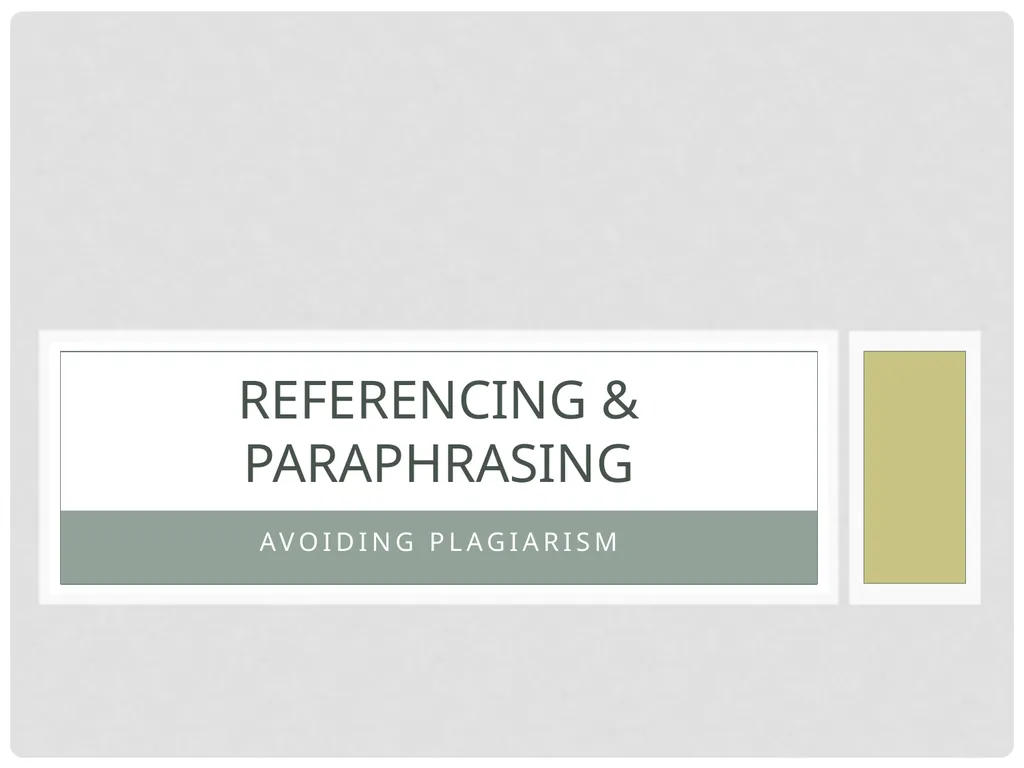
Avoiding plagiarism Referencing & Paraphrasing
Author: jane-oiler | Published: 2025-08-04
Description: Avoiding plagiarism Referencing Paraphrasing Outline Plagiarism Types of plagiarism Consequences of plagiarism Referencing Paraphrasing Plagiarism Plagiarism is to use another persons work without acknowledging them; that is, to use
Download Presentation
Download the PPT/PDF: Download
Transcript:
Loading transcript…